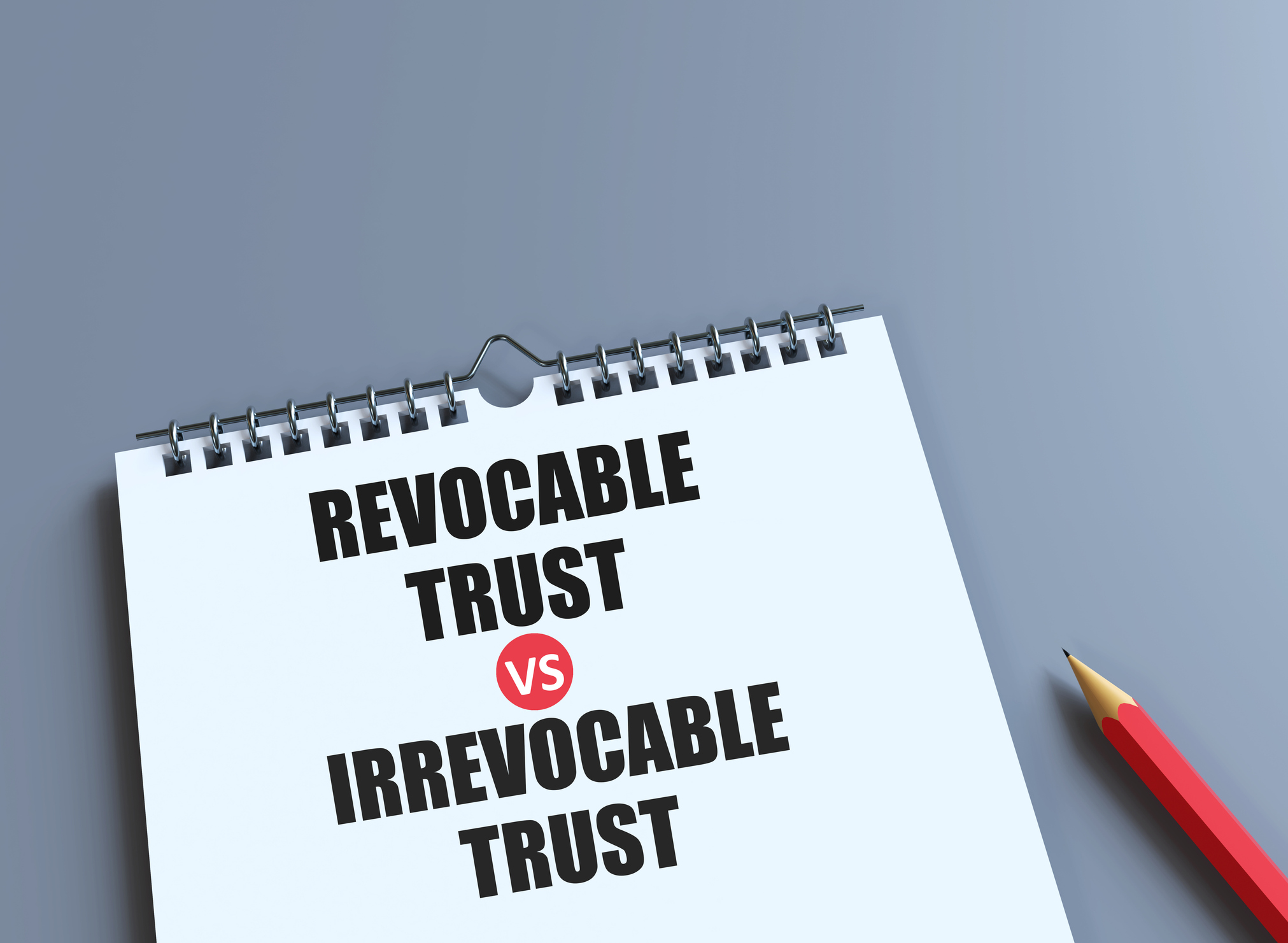Why Wait Until You Retire to Take Control of Your 401(k)?
Workers over age 59½ may want to take advantage of the flexibility and choice of IRAs by rolling their 401(k)s over while they're still employed with an "in-service rollover."


Times are constantly changing, especially when it comes to the hard-earned dollars you’ve been saving for retirement. In past decades, most American workers received a pension when they retired. This offered a monthly income stream, paid by an employer, that lasted throughout a retiree’s life.
Today, most people must rely on themselves to create an income stream in retirement. With pensions becoming a thing of the past, employers instead are providing their employees retirement accounts, such as 401(k)s.
Where It All Began
The 401(k) was created in 1978, and companies started offering this plan to their employees in the early 1980s. Today, the 401(k) has become the front-runner of retirement plans.
From just $107.88 $24.99 for Kiplinger Personal Finance
Become a smarter, better informed investor. Subscribe from just $107.88 $24.99, plus get up to 4 Special Issues

Sign up for Kiplinger’s Free Newsletters
Profit and prosper with the best of expert advice on investing, taxes, retirement, personal finance and more - straight to your e-mail.
Profit and prosper with the best of expert advice - straight to your e-mail.
There are many pros and cons that come with a 401(k), which can only be accessed through an employer-sponsored plan — unlike other options, including IRAs. The main benefit of a 401(k) is the possibility of a company match. Many companies allow their employees to contribute up to a certain percentage each month, which is then matched by the company. Every employer is different, of course, but receiving a match from your company is a great benefit.
But there are downsides to 401(k)s, including limited investment options and the internal costs that many people pay on their accounts, such as various mutual fund fees. In 2012, after 30 years of companies not having to disclose their fees, the U.S. Department of Labor published final regulations on fee disclosures for 401(k)s and retirement accounts.
A Pensionless Society
We now live in almost a pensionless society, which makes it extremely important to create a plan for your own retirement. You must take control of your retirement accounts so that your money is working for you in the best way possible.
The first step to securing your retirement is to take control of the wealth you worked a lifetime to create. When you’re in your 30s and 40s working and saving money, it’s likely that most of your money is in “Wall Street World,” and, I hope, growing for retirement. At this stage in your life, you have both time and earning capabilities on your side. If the market takes a dive, like it did back in 2008, you’ll see a big drop in your invested accounts, but you still have income coming in and time to make up the losses.
However, when you’re in your 50s and early 60s, you cannot afford a big hit on your investments, because you probably have neither time nor earning capabilities on your side. This is where you need to look at your money and make decisions to start taking risk out of your portfolio.
In-Service Rollover
If you’re 59½ years old and still working, you have the ability to roll over money from your 401(k) into an IRA. This is known as an in-service rollover, and it comes with no income restrictions and only minimal fees (usually $20 to $40, depending on your company’s rules). There are four reasons why you should consider an in-service rollover:
- 1. You are in control of your money. In a 401(k), your options are limited. If you roll your money into an IRA, you have the whole financial universe at your fingertips. You can do what is in your best interest, not your company’s.
- 2. An IRA gives you more investment options to choose from. This will allow you to allocate your money to fit your exact needs in retirement instead of just the options that are available in your 401(k).
- 3. There are more safe havens for your money in an IRA. The Stable Value fund may be the only safe option in your 401(k), but an IRA allows you many different options to help insulate your portfolio from a market downturn.
- 4. You can automatically set up your account as a multigenerational IRA (or “stretch IRA”). Once the owner of an account passes away, this step allows their beneficiaries to stretch their payout over their life expectancy, and greatly reduce their tax burden.
Take Control Today!
In today’s economic environment, you must take control of your retirement accounts. Don’t depend on someone else to take care of you. The days of an employer providing a lifelong income stream are gone. It is your responsibility to be proactive — and build your own financial plan to get you successfully to and through retirement.
The appearances in Kiplinger were obtained through a PR program. The columnist received assistance from a public relations firm in preparing this piece for submission to Kiplinger.com. Kiplinger was not compensated in any way.
Profit and prosper with the best of Kiplinger's advice on investing, taxes, retirement, personal finance and much more. Delivered daily. Enter your email in the box and click Sign Me Up.

Chad Slagle is the President & Founder of Slagle Financial, a Midwest based financial planning firm that has offices throughout Illinois and Missouri. He is the host of “The Chad Slagle Show: Coaching You To and Through Retirement” and author of "Winning in Retirement: When Every Day is Saturday." Since 1995, Chad and his team of advisers have educated thousands of pre-retirees and retirees on how to make better decisions with their hard-earned dollars.
-
 3 Major Changes to the Charitable Deduction in 2026
3 Major Changes to the Charitable Deduction in 2026Tax Breaks About 144 million Americans may qualify for the 2026 universal charity deduction, while high earners face new IRS limits. Here's what to know.
-
 Where to Stash Cash as Yields Fall, According to Advisers
Where to Stash Cash as Yields Fall, According to AdvisersYour best options depend on how soon you'll need the money and your tolerance for risk.
-
 Control vs Protection Quiz: Which Trust Do You Need?
Control vs Protection Quiz: Which Trust Do You Need?Quiz Take this simple quiz to discover whether a revocable or irrevocable trust should be the cornerstone of your estate plan.
-
 I'm a Financial Pro: You Really Can Make New Year's Money Resolutions That Stick (and Just Smile as Quitter's Day Goes By)
I'm a Financial Pro: You Really Can Make New Year's Money Resolutions That Stick (and Just Smile as Quitter's Day Goes By)The secret to keeping your New Year's financial resolutions? Just make your savings and retirement contributions 100% automatic.
-
 As We Age, Embracing Our Own Self-Doubt Can Be a Gift: A Cautionary Tale About Elder Financial Abuse
As We Age, Embracing Our Own Self-Doubt Can Be a Gift: A Cautionary Tale About Elder Financial AbuseAn aging couple hired a company that illegally required large deposits, and then they decided to stick with the company even after an employee stole from them.
-
 Domestic vs Offshore Asset Protection Trusts: A Basic Guide From an Attorney
Domestic vs Offshore Asset Protection Trusts: A Basic Guide From an AttorneyLearn the difference between domestic asset protection trusts and foreign or offshore asset protection trusts to help you decide what might work best for you.
-
 Now That You've Built Your Estate Planning Playbook, It's Time to Put It to Work
Now That You've Built Your Estate Planning Playbook, It's Time to Put It to WorkYou need to share details with your family (including passwords and document locations) and stay focused on keeping your plan up to date.
-
 I'm a Wealth Adviser: These 10 Strategies Can Help Women Prepare for Their Impending Financial Power
I'm a Wealth Adviser: These 10 Strategies Can Help Women Prepare for Their Impending Financial PowerAs women gain wealth and influence, being proactive about financial planning is essential to address longevity and close gaps in confidence and caregiving.
-
 I'm a Financial Planning Pro: This Is How You Can Stop These 5 Risks From Wrecking Your Retirement
I'm a Financial Planning Pro: This Is How You Can Stop These 5 Risks From Wrecking Your RetirementYour retirement could be jeopardized if you ignore the risks you'll face later in life. From inflation to market volatility, here's what to prepare for.
-
 Are You Hesitating to Spend Money You've Spent Years Saving? Here's How to Get Over It, From a Financial Adviser
Are You Hesitating to Spend Money You've Spent Years Saving? Here's How to Get Over It, From a Financial AdviserEven when your financial plan says you're ready for a big move, it's normal to hesitate — but haven't you earned the right to trust your plan (and yourself)?
-
 Time to Close the Books on 2025: Don't Start the New Year Without First Making These Money Moves
Time to Close the Books on 2025: Don't Start the New Year Without First Making These Money MovesAs 2025 draws to a close, take time to review your finances, maximize tax efficiency and align your goals for 2026 with the changing financial landscape.